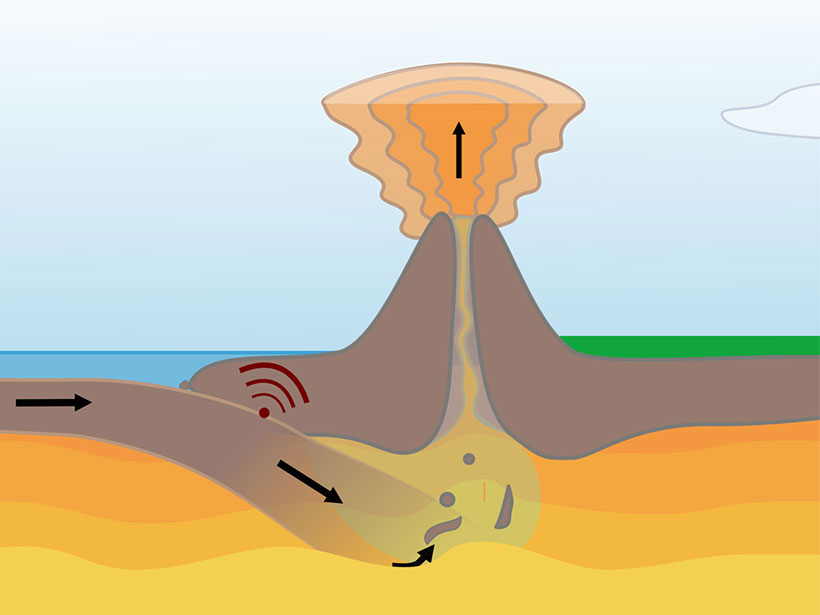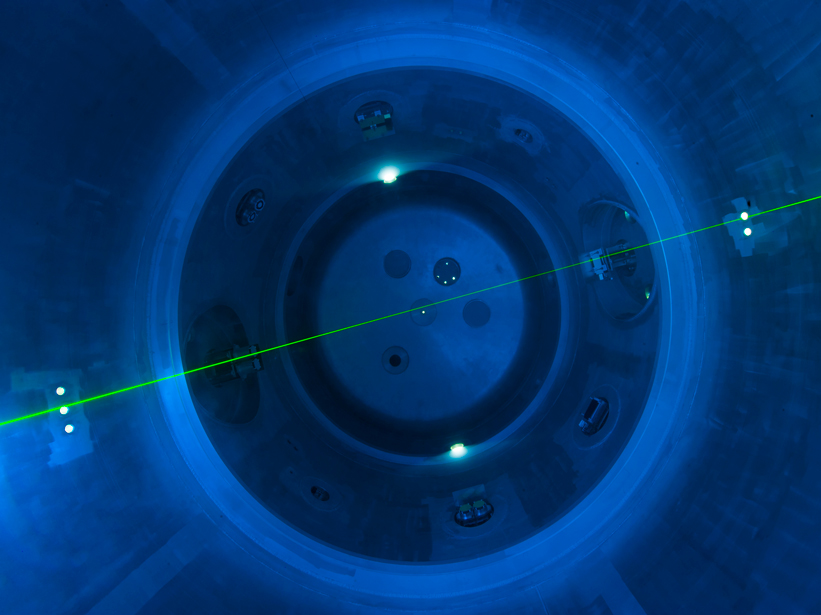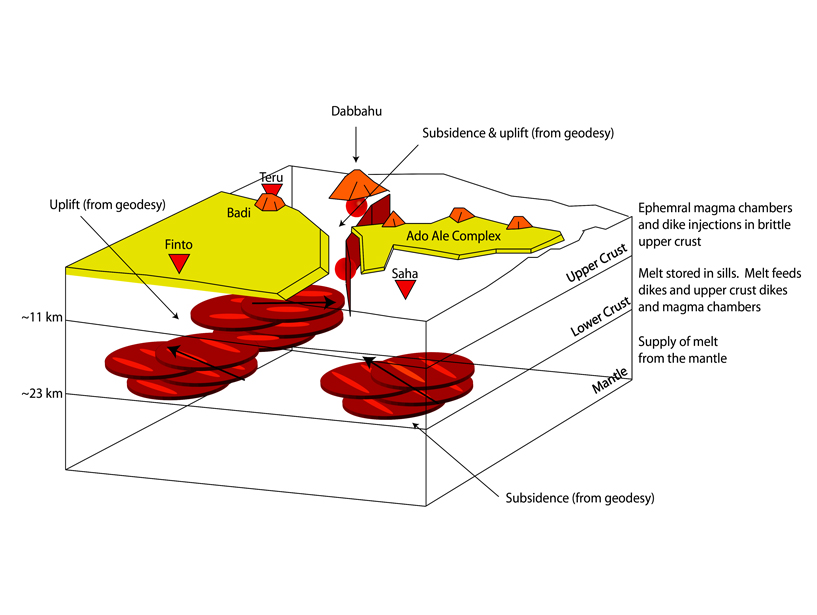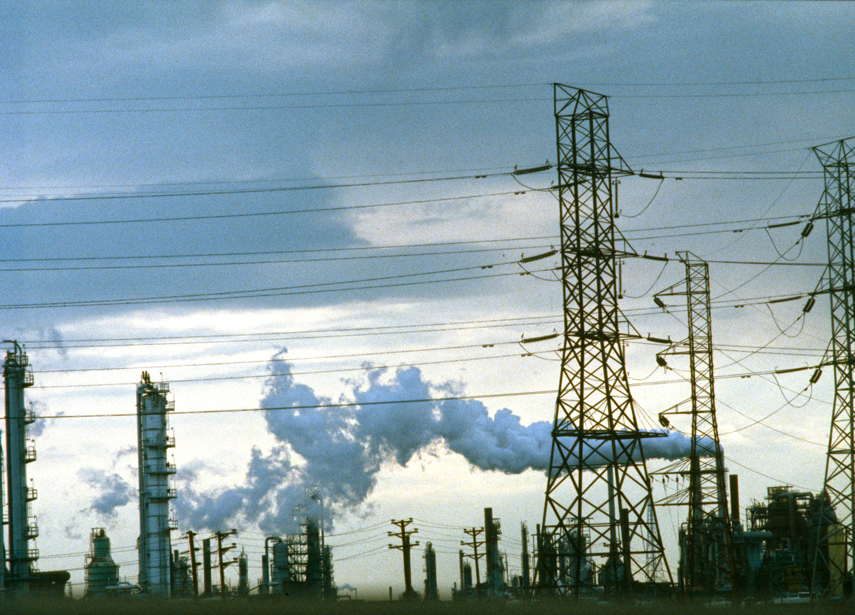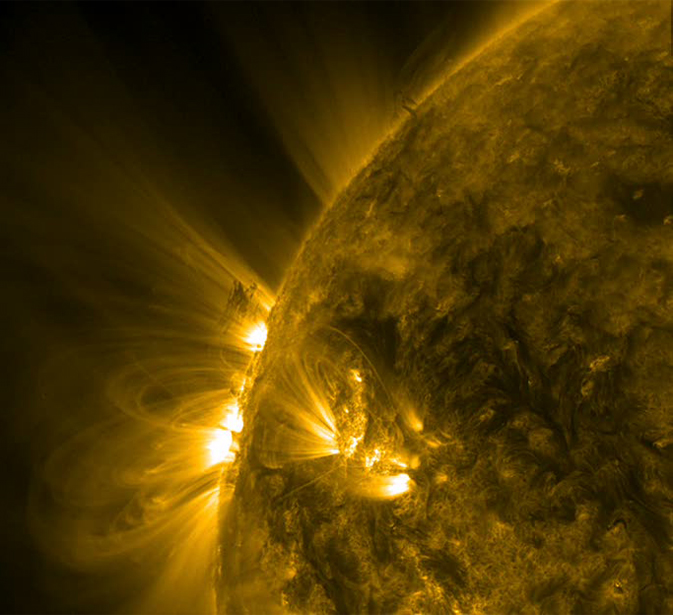The properties of the plate that does not sink may strongly control subduction zone dynamics.
C. Schultz
Precooled Aerosols Are Better Raindrop Nuclei
Cooling inorganic and organic aqueous solutions makes the particles into more robust seeds of clouds.
A Modified Technique to Remotely Detect Subsurface Melt
Adapting a much-used analytical method to consider anisotropy opens up the approach to new uses.
Seismic Stress Modeling Puts Istanbul in the Crosshairs
Twenty years of ground motion observations show that seismic strain is accumulating south of Istanbul.
Changing Patterns in U.S. Air Quality
Over the northeast United States, ground-level ozone will peak in the winter rather than the summer thanks to continued reductions of regional nitrogen oxide emissions from smokestacks and tailpipes.
A Database of African Precipitation from 1983 Onward
Satellite infrared observations are used to reconstruct African precipitation records for the past 30 years in an attempt to infer rainfall variability.
Can Scientists Boost Solar Modeling Despite a Lack of Data?
Researchers show that a data processing technique could salvage useful information from raw solar observations, opening the door to improved understanding of the solar dynamo.
Polar Warming Makes the Jet Stream Stable, Not Wavy or Blocked
An idealized climate model suggests polar warming stabilizes the jet stream and reduces atmospheric blocking at midlatitudes.
Could Farmers have Dodged the 2012 Great Plains Drought?
A decision-making model to turn seasonal climate forecasts into information farmers actually need.
Warming Hiatus Periods to Become Increasingly Unlikely
Anthropogenic climate change is reducing the likelihood of the Earth seeing another slowdown in the rate of surface warming.

